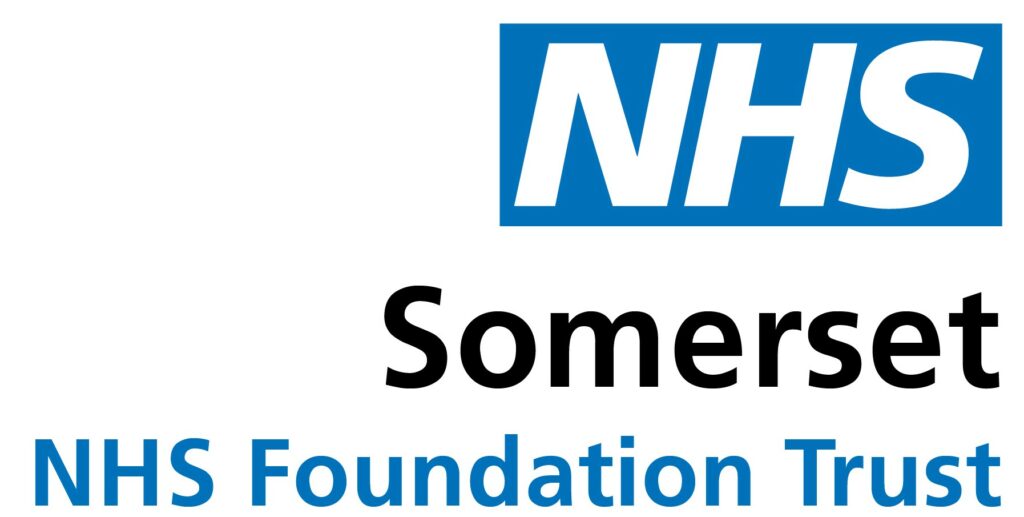Varicose Veins
What are varicose veins?
Varicose veins are veins under the skin of the legs, which have become widened, bulging, and twisted. They are very common and do not cause medical problems in most people.
Normal veins rely on one-way valves to keep the blood moving upwards toward the heart. Failure of these valves allows blood to flow backwards down the veins and results in an overload of pressure when standing. This excess pressure leads to widening of the veins so that they do not close properly. Blood then flows back into the leg along these veins and causes varicose veins to develop.
What are the symptoms?
Many people have no symptoms at all from their varicose veins, except for the fact that they are noticeable and their appearance can be embarrassing. Other than cosmetic embarrassment, the most common symptoms of varicose veins are aching, discomfort and heaviness of the legs, which are usually worse at the end of the day. Sometimes the ankle can swell, too. These symptoms are not medically serious.
In a few people the high pressure in the veins causes damage to the skin near the ankle, which can become brown in colour, sometimes with scarred white areas. Eczema (a red skin rash) can develop. If these skin changes are allowed to progress, or if the skin is injured, an ulcer may develop. Skin changes are therefore a good reason for going to see your GP and for referral to a specialist.
How can I help myself?
- Exercise walking, running, cycling and swimming are all beneficial. Walking is the simplest to do and using the calf muscles directly pushes blood up the veins of the leg improving the circulation.
- Avoid standing still for long periods of time.
- Elevate the legs whenever possible. Any elevation will help but if you can raise the feet above the level of the heart (chest) this will be particularly beneficial.
- If you are overweight, try to reduce this down towards your ideal/target weight.
- Support stockings are effective in controlling symptoms and preventing skin complications. They are only effective if worn regularly, but can reliably avoid the need for surgery in the majority of patients. These can be brought at chemists or obtained on prescription. The pressure in the stocking is designed to be greatest at the ankle level and gradually decrease up the leg. This assists the return of blood up the veins. A below knee stocking is often sufficient.
